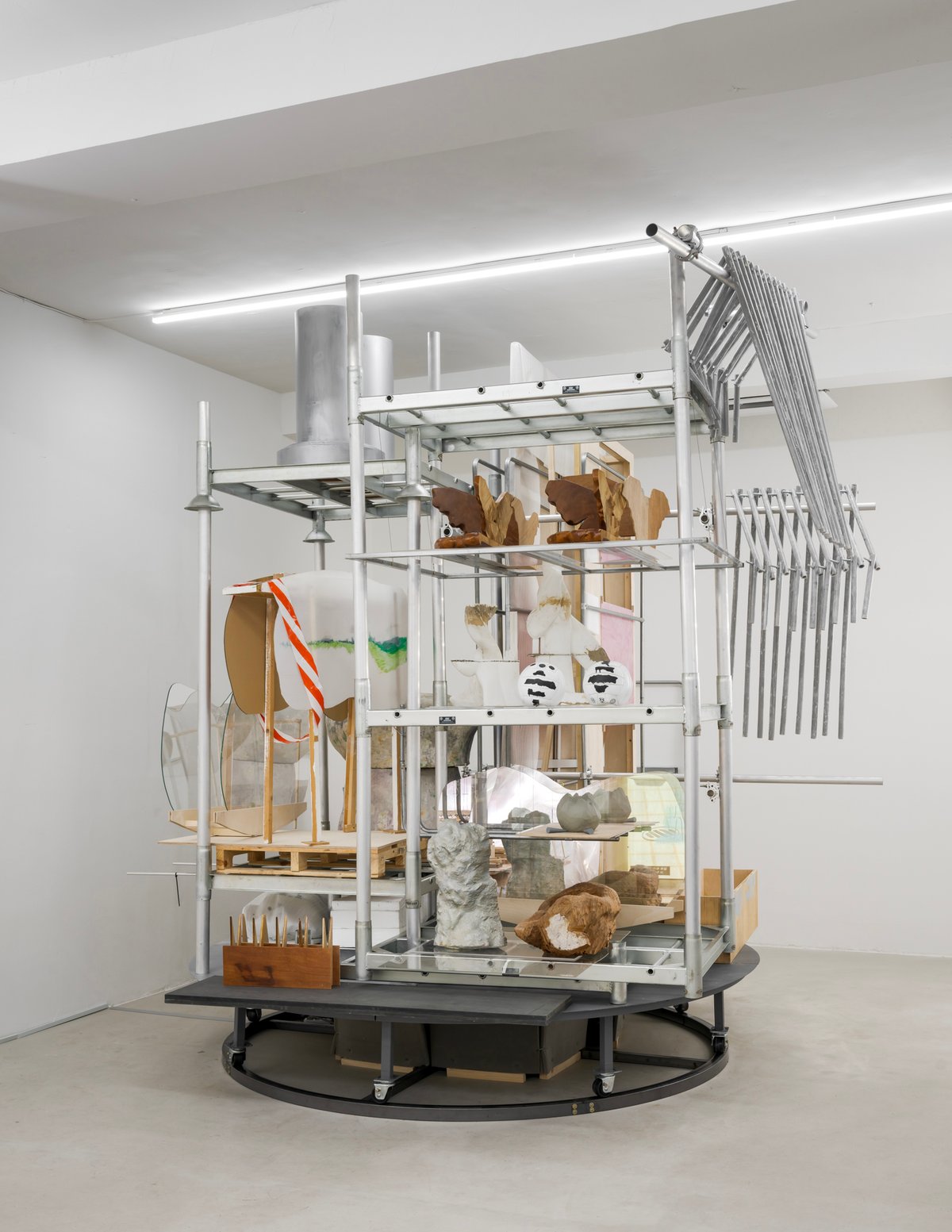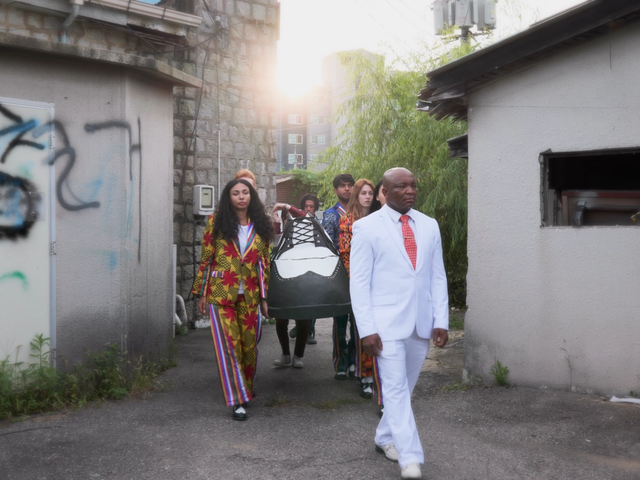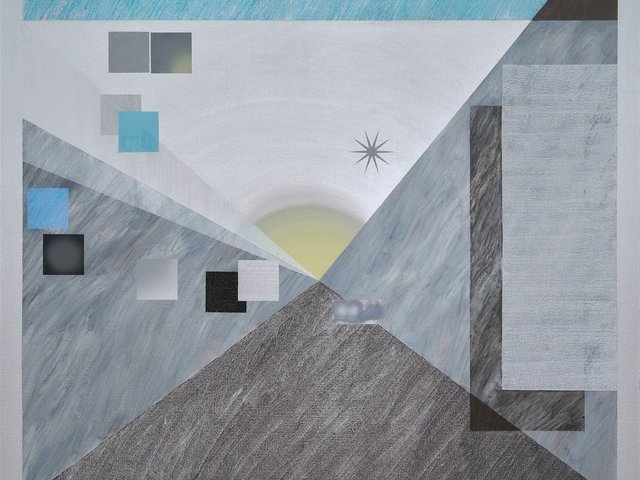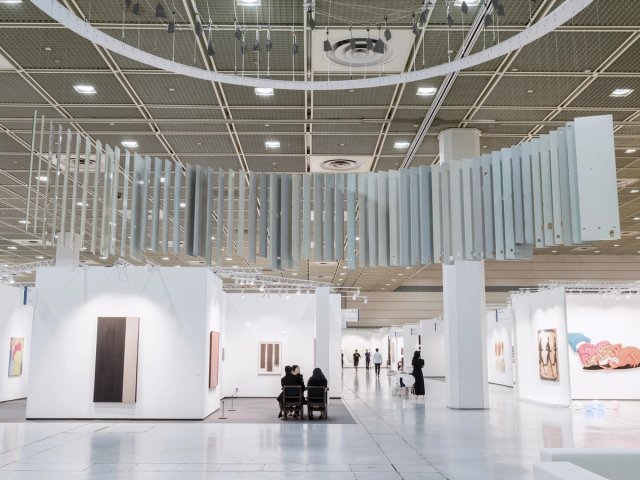A selection of Korea's most exciting contemporary artists have been selected for this year's Korean Artists Today, a long-term project which will see a cohort of artists chosen each year for their potential to make it on the global stage. See the full list here.
Born in Seoul in 1971, Jewyo Rhii is part of the first generation to come of age during a period of dramatic shifts in South Korea. The 1980s were marked by widespread protests, including the violently suppressed student-led Gwangju Uprising, and the end of the decade saw the first signs of the authoritarian rule’s collapse. “My generation is very different from the previous one because of the possibilities for a new life we suddenly had,” Rhii says.
Growing up, Rhii always felt misplaced. Small in stature, she struggled to find clothes that fit her and even found it difficult to interact with the built environment, recalling how her legs would dangle in the air while sitting on a park bench. For Rhii, art was a way to understand her feeling of misplacement and the constant state of disorder that left her longing to leave South Korea. “In high school, our bus often had to drive through protests,” she says. “When I’d get to school, it was hard to sit down and paint with so much happening. I’d have tear gas in my eyes and would put the brush down and start running. I knew I had to move.”
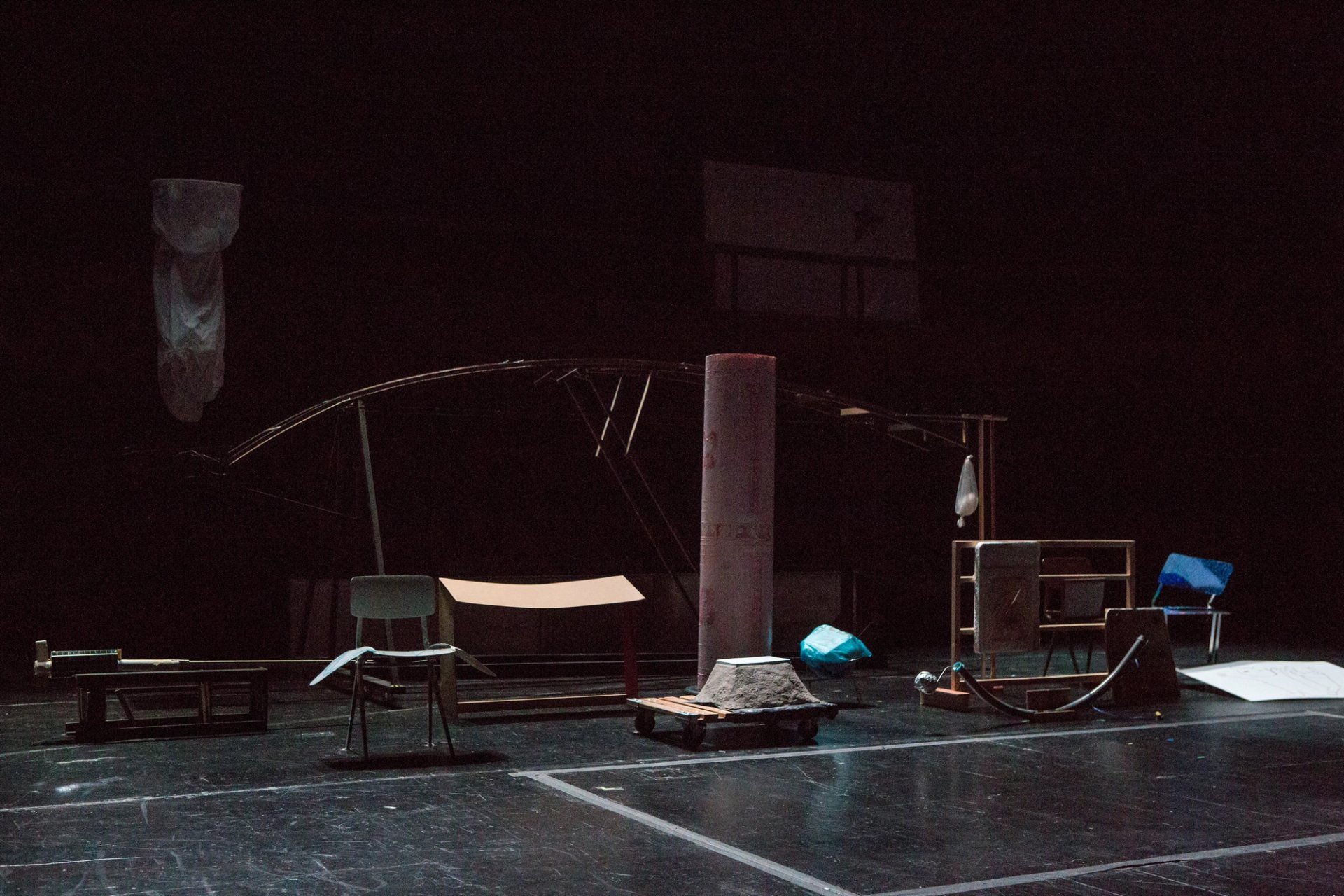
Rhii’s object-oriented performance piece Ten Years Please (2007-17)
Courtesy Seoul Foundation of Arts and Culture
I used to believe that it’s hard to maintain the integrity of an individual idea when a project is collaborative. I forced myself to step out of this idea
In 1992, Rhii left Seoul for New York to study art and learn English for a year. Her time there strengthened the focus of her art as she grappled with her new understanding of the world, assembling ephemeral materials and found objects into installations that explore themes of survival, neglect and impermanence. Since then, her work has earned her several institutional solo shows, including at the Queens Museum in New York, as well as prominent group shows at Seoul’s National Museum of Modern and Contemporary Art (MMCA) and the Venice Biennale.
Initially, Rhii’s work was personal, but around ten years ago she felt the need to change. “The moment I became a mid-career artist, I knew there needed to be something else, so I started collaborating with others,” she says. “I used to believe that it’s hard to maintain the integrity of an individual idea when a project is collaborative. I forced myself to step out of this idea.”
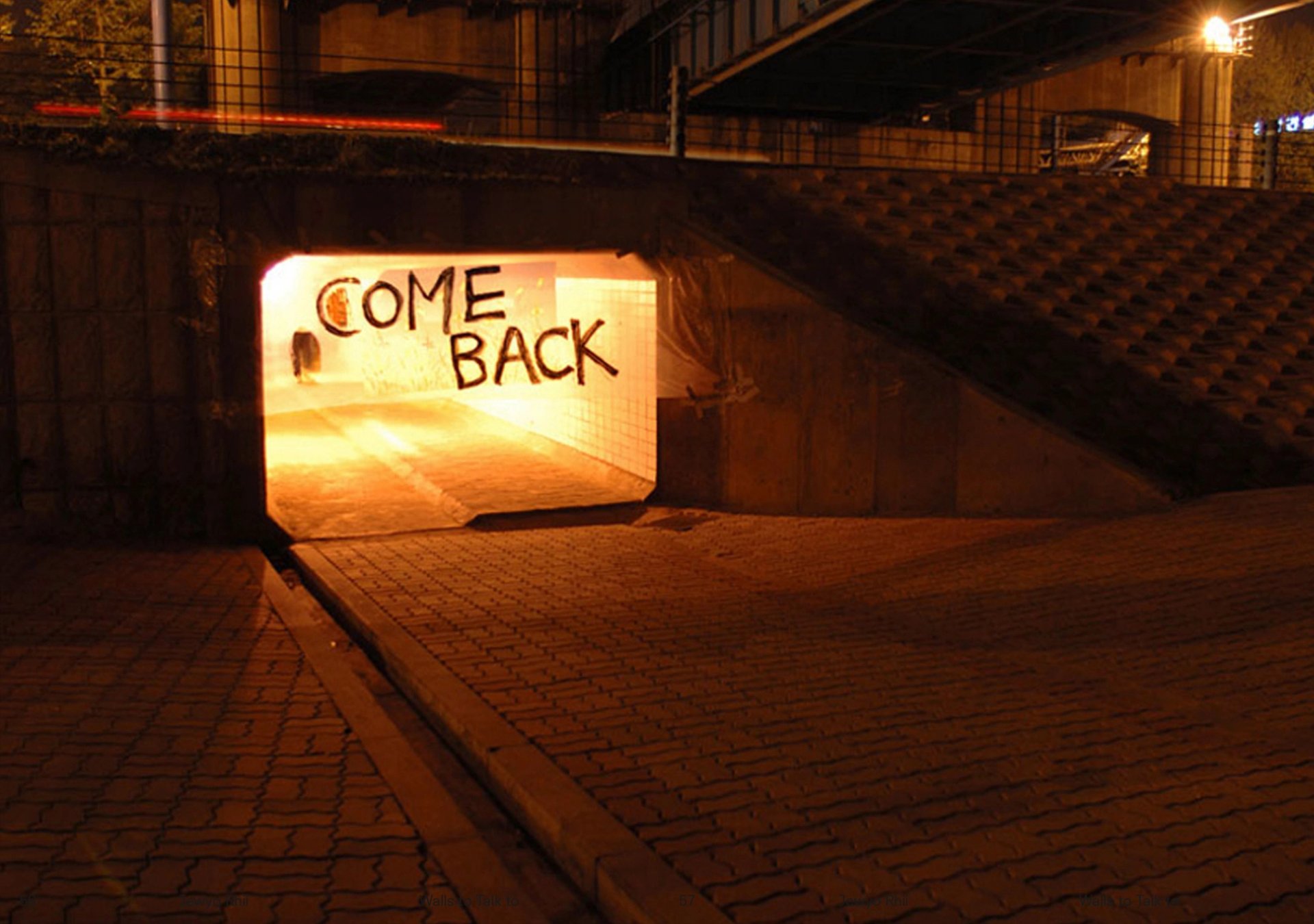
Lie on the Han River (2003-06)
Courtesy the artist
She expanded her practice to include collaborative performances and, in 2019, began Love Your Depot, a project that she has recreated in multiple iterations. Resembling storage units with disparate objects, artworks and materials, Love Your Depot sheds light on the lifespan of an artwork, asking what happens to pieces that never leave an artist’s studio or are exhibited and then disappear from public. The works displayed in Rhii’s depots are ones she has made as well as artworks by her colleagues. Each iteration varies—some might resemble a closet while others feature aluminium racks upon which dozens of paintings or parts of sculptures are visible.
Institutions can purchase or exhibit the entire assemblage, or use just the framework and install art of their choosing. In the latter circumstances, Rhii asks curators to include under-represented artists, or, if better-known artists are displayed, she asks that they showcase aspects of their practice the viewer might not be aware of. “There are gatekeepers in the art world,” Rhii says. “We should recommend young and new artists when we cross that gate.” If a piece from Love Your Depot sells, Rhii shares the profits with the artists on view.
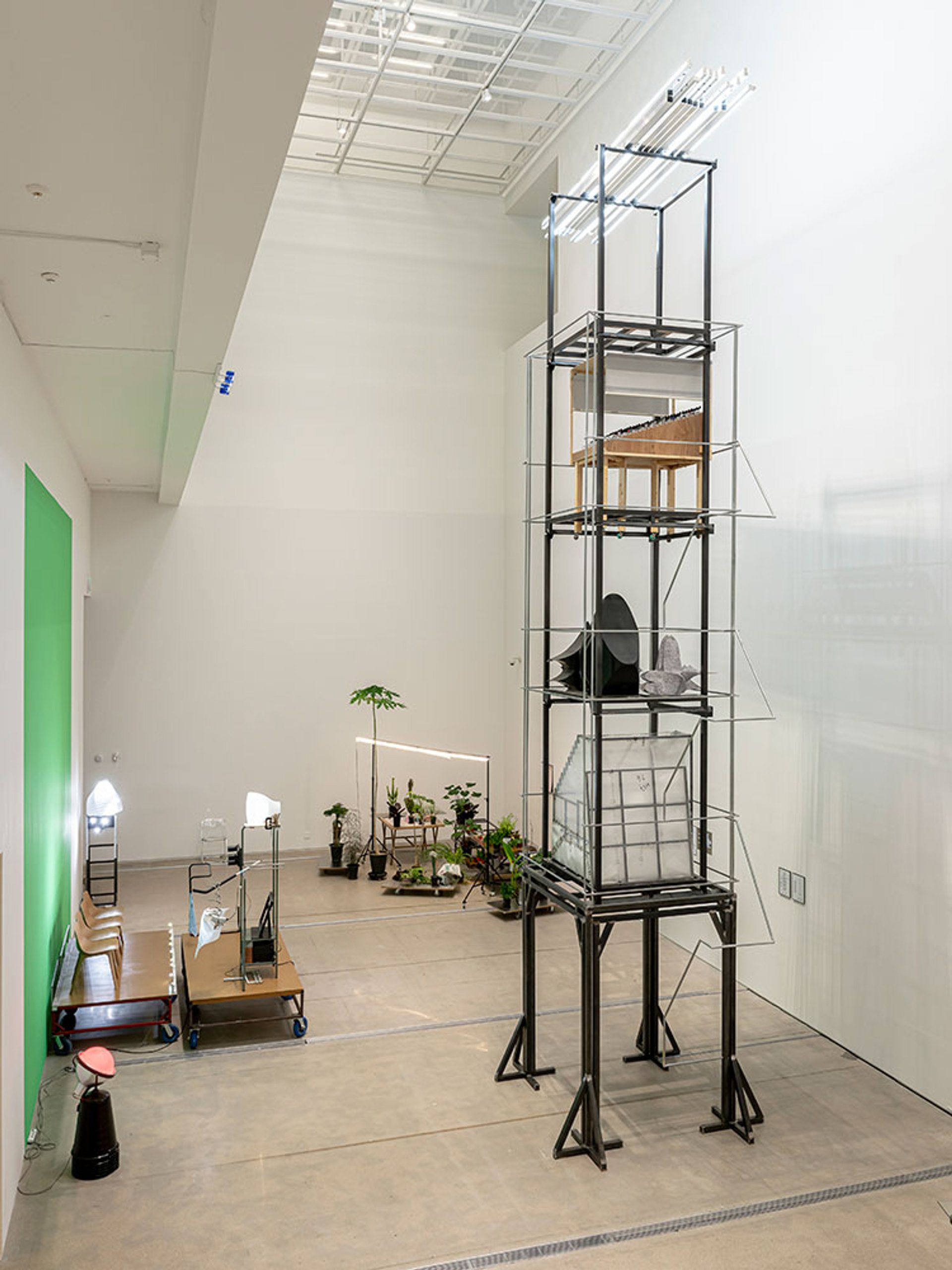
Love Your Depot, Korea Artist Prize 2019 at MMCA, Seoul
Courtesy MMCA
For Rhii, however, the motivation is not purely financial. “I’m doing this because you never know the future,” she says. “If you don’t die today, you get another opportunity to live. That’s how I think of the work sitting in the corners of artists’ studios. I want to give their work a chance to live. I want artists and their artwork to be remembered.”



